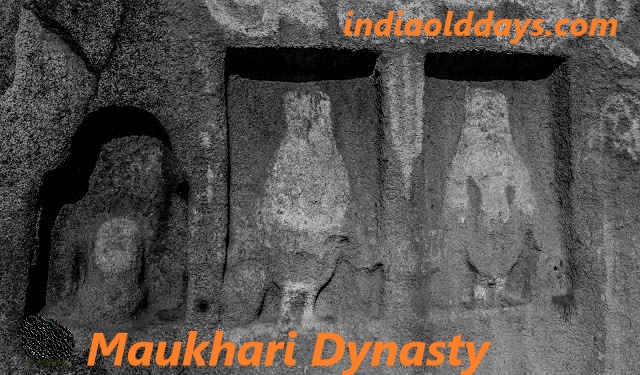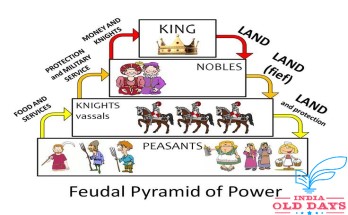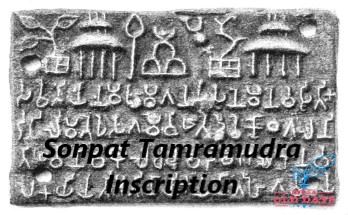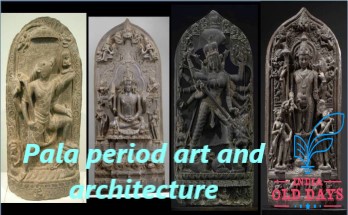How was the jagirdari system in the Mughal era?

Other Important Facts-
- Manashbari system in India was started by Akbar
- Mughal period revenue theory
- Administrative System of the Mughals: Central Government
The heirs were manasadars, who were given some revenue zones on the basis of the cash (inverted income) instead of cash salaries. Whom were called jagirs.
jamadami income from accumulating revenue was said, in which income received from other taxation, such as acquisition and offer besides geo-revenue was included.
Bounty The land was called to those with whom no administrative obligation was associated, which was given to Dharmaprayan, scholars and respected persons and orphans.
madada-A-Mash – The landowner had the right to collect a lifetime of land revenue.
The foundation of the tradition was during the reign of Akbar.
Some Mughal periods were received on the basis of hereditary basis in the Mughal period.
Vatan jagir(paitrk jagir) was a manor. Which were given to the hereditary kings and the collectors in their respective territories.
Alitamga Jagir was started in the time of Jahangir. It was given to them only in the form of a government grant, on which the king had special grace.
An important agency for controlling the vassals was Savnih-Niggar, who used to send the details of the then status of the proceedings of the warlords and the fiefdoms to the center.
In the jagirs, there was a hereditary officer named Chaudhary and Kanungo, who had related to the land revenue administration.
It could have been transferred to the zamindars. It could not have been more than 4 years for a manasi.
The manor was considered to be a service-based perception only. Because this monarchy law was acquired by the law after the death of the vassal.
In the jagirs, the jagirdar had only the right to determine revenue and collection, while the administrative authority was inherent in the military.
In the last years of Akbar’s reign, the income received from Khalsa was 1/4 of the total deposits, in the time of Jahangir, it reached minimum of 1/20 times, but Shah Jahan rebuilt and divided into 1/7.
Pabaki It was said that the land which was manipulated by the old manor was stripped of the penalty and reserved for the new manpower, and then it was arranged by the government employees and the income was deposited in the royal treasury. was.
jagirdari system-
In Mughal times, landowners were landowners, who received hereditary rights to recover land revenue from some villages.
The landlord was not the owner of the land despite being the hereditary officer of his landlady. The farmer could not be ousted from the land while he was paying regular land revenue.
The landlord was also known by the names of Deshmukh, Patil or Nayak etc. in the Mughal period. Shah Jahan had practiced thekedaaree system.
For recovery of land revenue, a portion of the revenue of the depositor was given in the form of a commission. Which was 10 percent to 25 percent of the revenue.
The main difference in the jurisdiction and jamidari was that the jagradi was transferred, whereas the jamidari was a permanent ancestral right.
Reference : https://www.indiaolddays.com/





